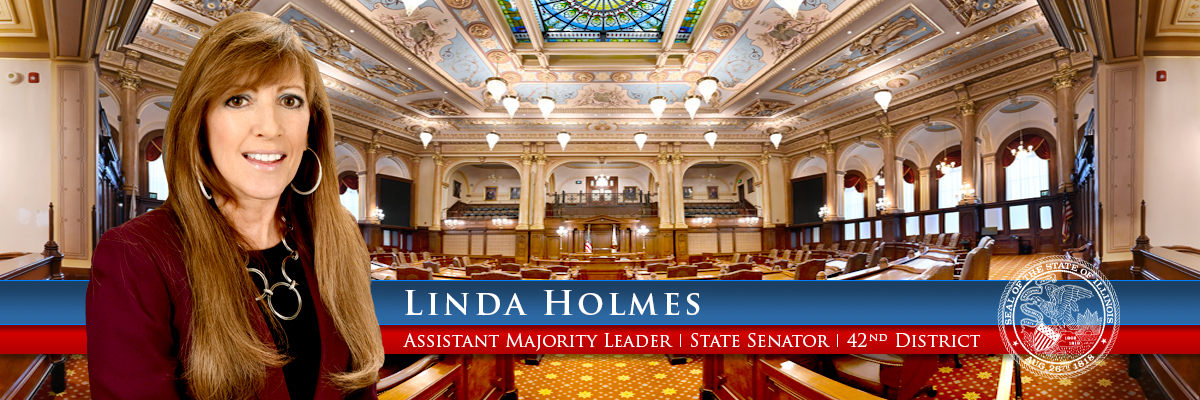Aurora Beacon-News - Oct. 17, 2015 - Original article
By Steve Lord
The east and west bridges on Indian Trail in Aurora are open to traffic after two years.
It took that long to finish the $9.5 million project, funded 80 percent by federal funds administered through the Illinois Department of Transportation, and 20 percent by Aurora motor fuel tax funds.
Officials and construction workers on the project gathered Friday for a dedication and ribbon cutting that included cookies, coffee and even cheeseburgers from White Castle – a business that put up with the construction on its doorstep.
"Indian Trail is an artery in our community," Mayor Tom Weisner said. "It is a critical, critical street."
Weisner pointed out that one in nine bridges across the country is considered structurally deficient. With Aurora replacing 10 bridges in the last 10 years – and two more planned by 2017 – they are trying to buck the national trend.
"Maybe one in nine bridges is structurally deficient, but it's not going to happen in Aurora, not on our watch, together," he said.
And working together is what officials gathered Friday said made the bridge project work. That included State Reps. Linda Chapa-Lavia and Stephanie Kifowit, both Democrats from Aurora; State Sen. Linda Holmes, D-Aurora; and U.S. Rep. Bill Foster, D-Aurora.
They all spoke of cooperation between local, state and federal officials to get the 826 feet of bridgeway, which handles 21,000 vehicles a day, finished.The work included the east and west sides of what is actually two bridges over the river.
"Look at what happens when all of us work together and we get along," Holmes said.
Officials said the bridges not only are wider and stronger, they incorporate Aurora's history. The bridges have a traditional design, but they include four plaques recognizing some of Aurora's history.
The bridges decks are wider, as are the sidewalks on both sides, to accommodate both pedestrians and bicyclists.
Ken Schroth, Aurora's public works director, said there were 40,000 man hours of work on the bridges, and 10,000 hours of design. He added that the contractor, D Construction, was able to reuse many of the piers and beams of the old bridges, saving millions of dollars.
Chapa LaVia pointed out that the taxpayers should be thanked for ultimately funding the project.




